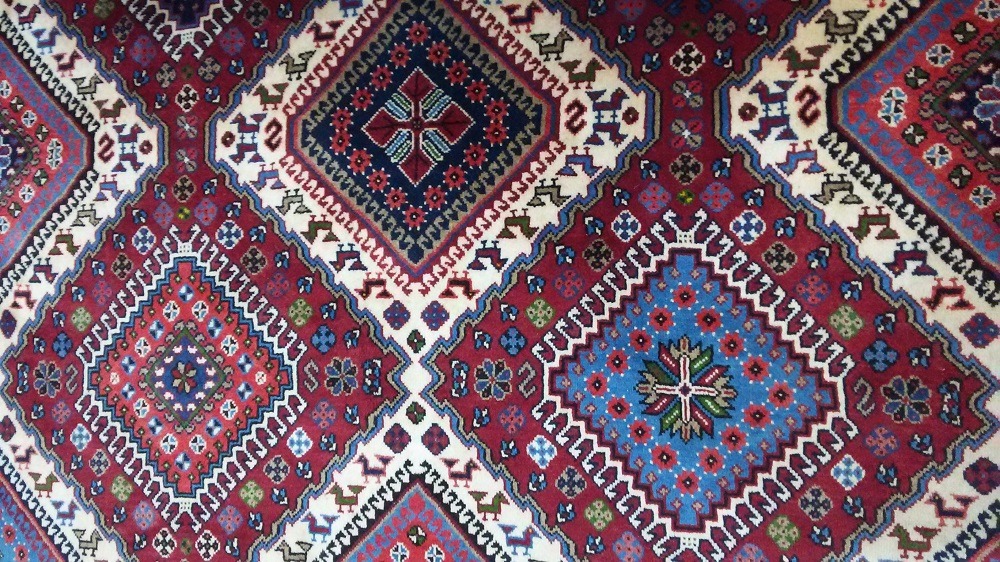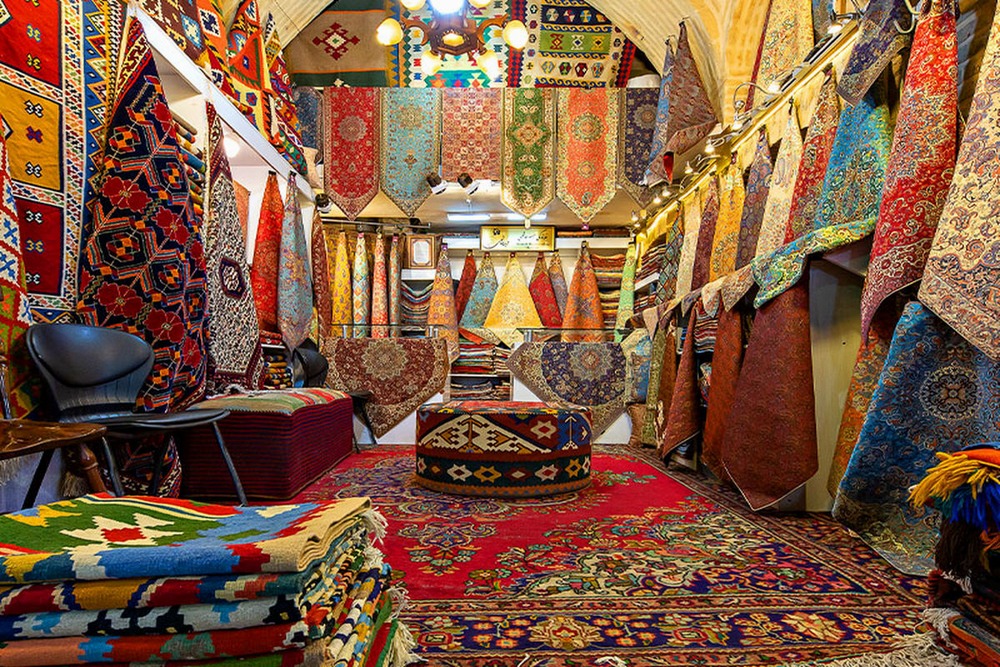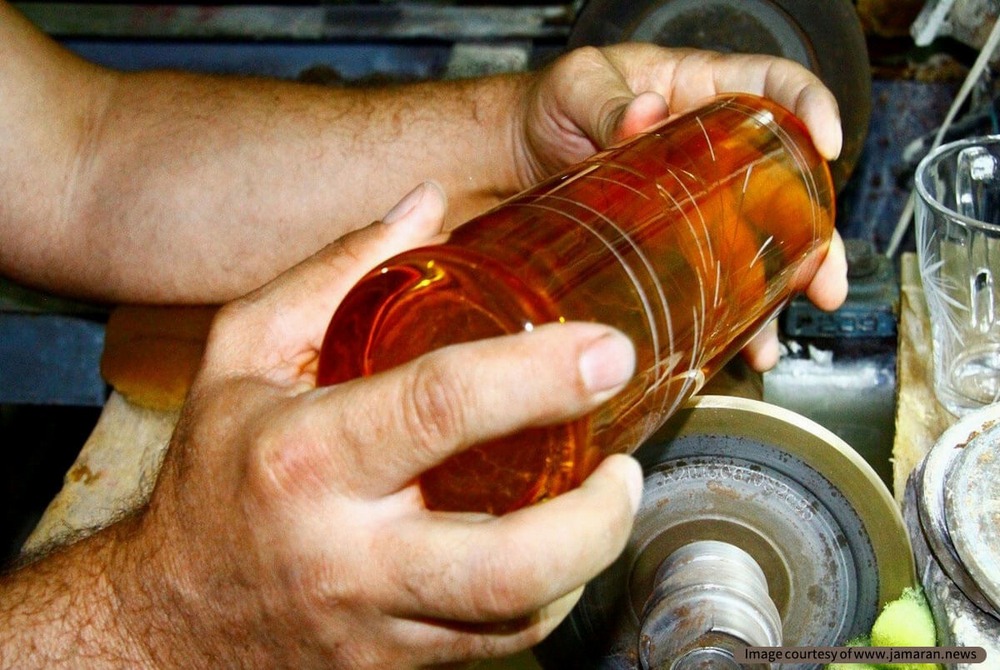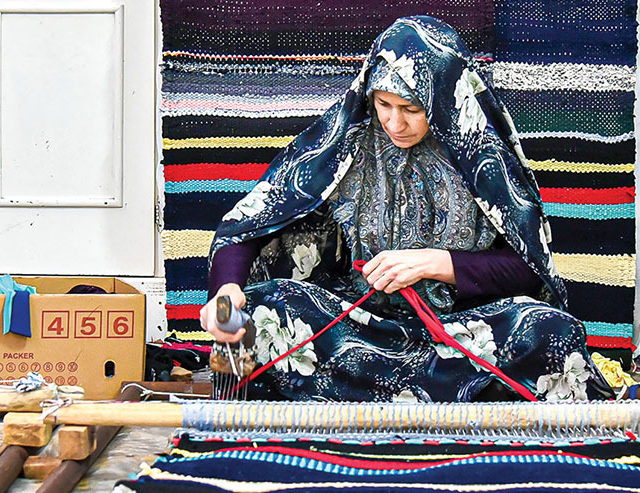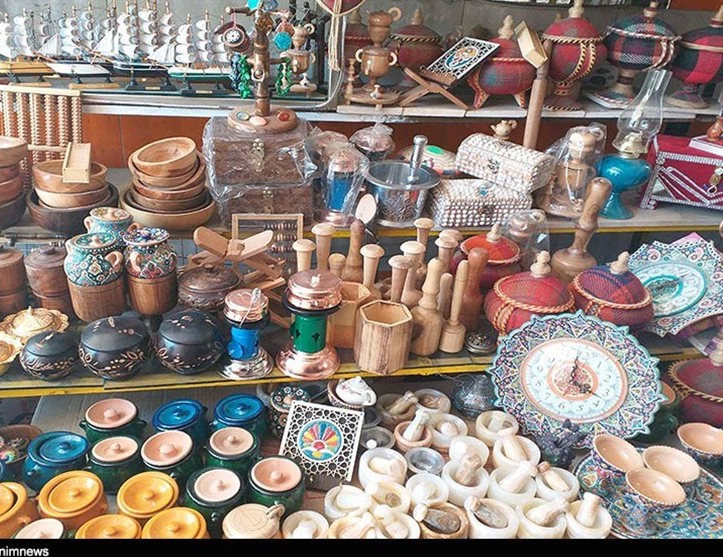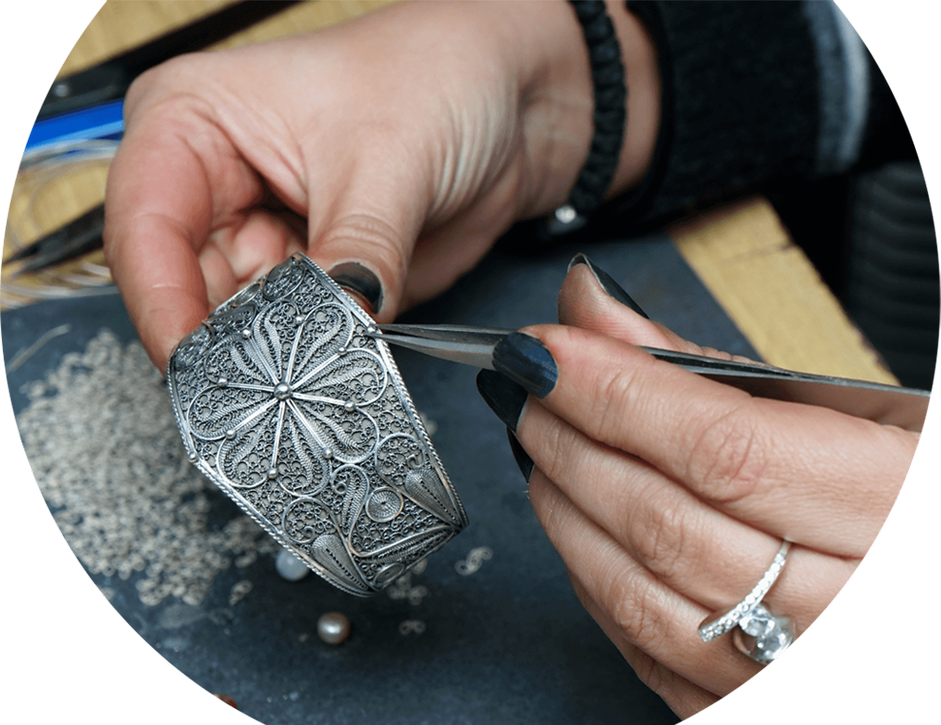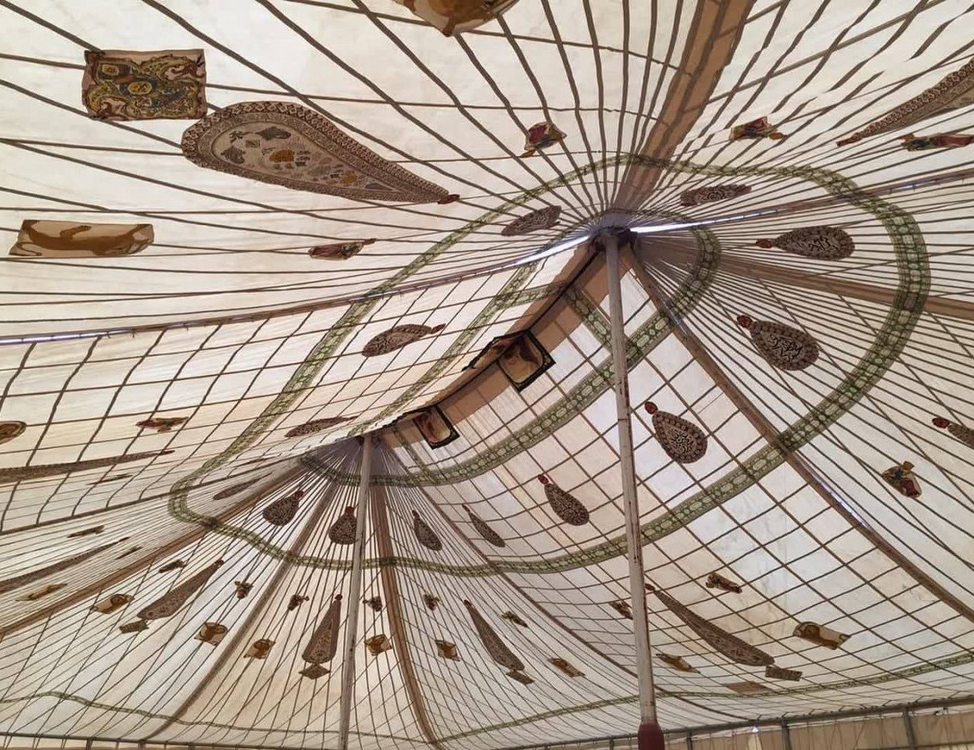
Hawkbell Handicraft Industry of Sarayan
Sarayan is one of these eleven counties of South Khorasan Province located in the northwest of this province. The city of Sarayan, the center of this county, is 411 km from Mashhad and 162 km from Birjand. Apart from high-quality saffron, Sarayan has old water reservoirs that are still functional.
Handicrafts of South Khorasan Province
Like all traditional industries, the handicrafts of South Khorasan Province have been in harmony with the nature and geography of the region throughout history and have expanded on the basis of the needs of the people. Engagement in these industries, along with agriculture and animal husbandry, which is the primary occupation of many people in South Khorasan, has supplemented their livelihood and has been a factor in fulfilling their free time.
According to the available statistics, more than 80 of the 290 handicraft fields identified by the Ministry of Cultural Heritage of Iran are active in South Khorasan; although some of these fields are gradually being abandoned. Among the cities of South Khorasan, Sarayan is considered one of the most important areas in the field of handicrafts, which still maintains its originality in the production of many products including hawkbell making, which is also considered one of the traditional crafts of this city with an ancient history.
The History and Features of Hawkbell Handicraft of Sarayan
It is said that during the Safavid era, a number of Isfahan blacksmiths rebelled against the then government and went on strike. They were finally exiled to Sarayan. The settlement of these blacksmiths in the city of Sarayan has greatly contributed to the development of the art and craft of blacksmithing in this city. Traditional blacksmithing, copper smithing, locksmithing, knife-making, and toreutics are among the fields of metal crafts that have flourished in Sarayan. The historical Maysam Bazaar is one of the oldest markets in Sarayan the longevity of which dates back to the Safavid era (16th century) and is known as the main center of traditional blacksmithing in this city.
Hawkbell making should also be considered a subset of the traditional craft of blacksmithing. Blacksmith workshops have been active in Maysam Bazaar since the distant past, and the tendency toward making hawkbells has increased over time; based on the needs of the herdsmen of the region. Over time, the master craftsmen of Sarayan acquired techniques and skills in making hawkbells, which spread the fame of the bell-making craft of this city.
Raw Materials and the Method of Hawkbell Making
Scrap metal, second-hand iron sheets with a thickness of 1 to 2.5 mm used in packaging materials such as bitumen or oil are used to make hawkbells. The types of anvils, ramrods, tongs, hammers, blacksmith pens, files, and scissors that are used in traditional blacksmithing are also used in hawkbell making. Sarayani craftsmen make the sheets used in bell making into the desired shape with the technique of heating with a furnace, beating and hammering, and making connections.
Usually, brass waste is used to weld iron parts in different stages. Sarayani artisans believe that using brass in the bell, in addition to covering the pores and welding the iron pieces, also makes the sound more expressive.
What Are the Hawkbells Used for?
Hawkbells are mostly used by ranchers and shepherds and are generally hung singly or in pairs around the necks of livestock, cattle, or herd dogs. Apart from these cases, the hawkbell has decorative uses and is used as a pendant for a baby’s cradle or the house door. The shepherds are informed of the movement of the cattle by the sound of the bell. The sudden sound of the bell for the shepherds informs about the danger and the possible attack of the wolf or wild animals. According to the shepherds, the rhythmic and uniform sound of the bells makes the herd calm down and graze well.
Usually, the hawkbells used for male animals have a bass sound and the bells used for female animals have a low sound. Some shepherds put the hawkbells on the bolder and more agile cattle (what they call “Sorter”) so that they can lead the herd by their movement. The size of the bell changes according to the size of the cattle. Goats and sheep have small bells, but sometimes cows and camels are fitted with bells that are up to 30 cm long.
Inscription of Hawkbell Handicraft Industry of Sarayan on the List of National Heritage
Being a native craft, the hawkbell making technique of Sarayan, was inscribed on list of Iran’s intangible national heritage in the year 2013.
Among the cities of South Khorasan, Sarayan is considered one of the most important areas in the field of handicrafts, which still maintains its originality in the production of many products including hawkbell making, which is also considered one of the traditional crafts of this city with an ancient history.
| Name | Hawkbell Handicraft Industry of Sarayan |
| Country | Iran |
| Cities | |
| Works | Metal and ornaments |
| Registration | National |
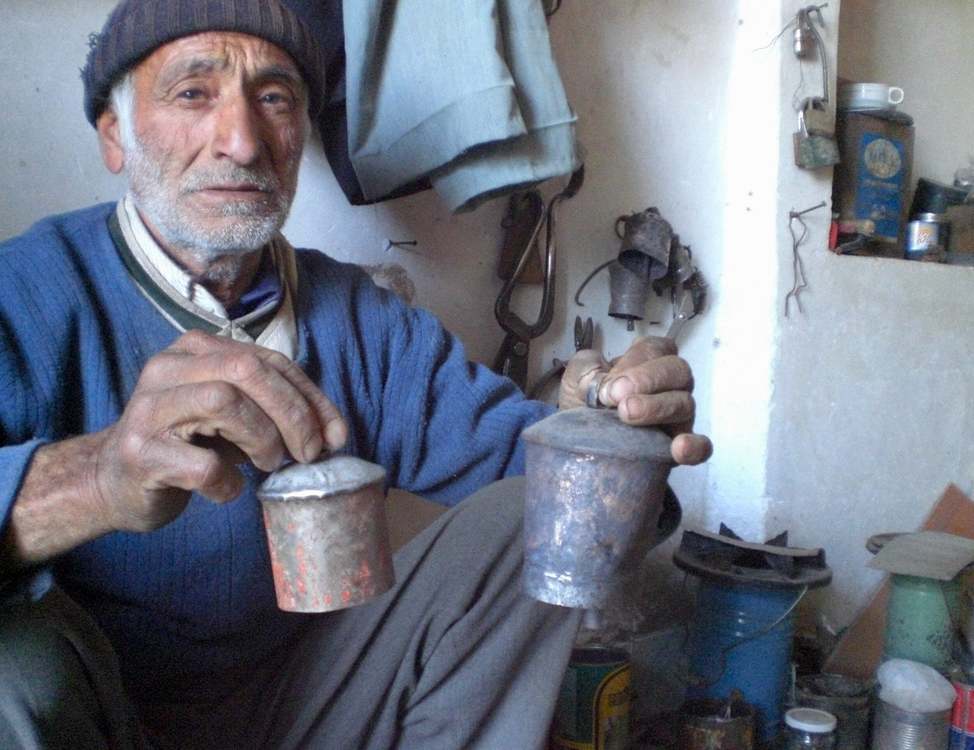
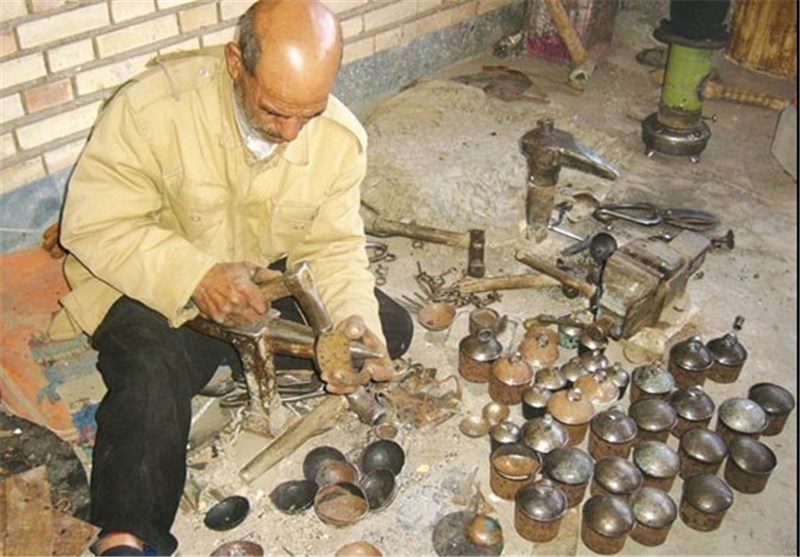
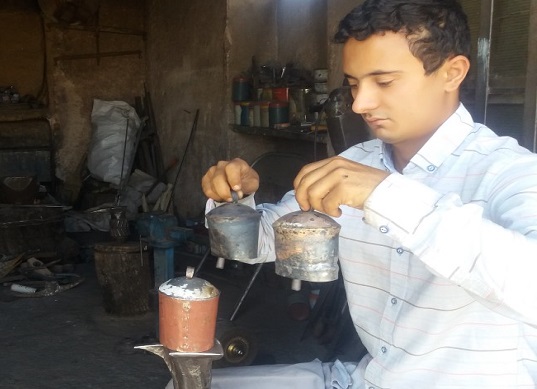
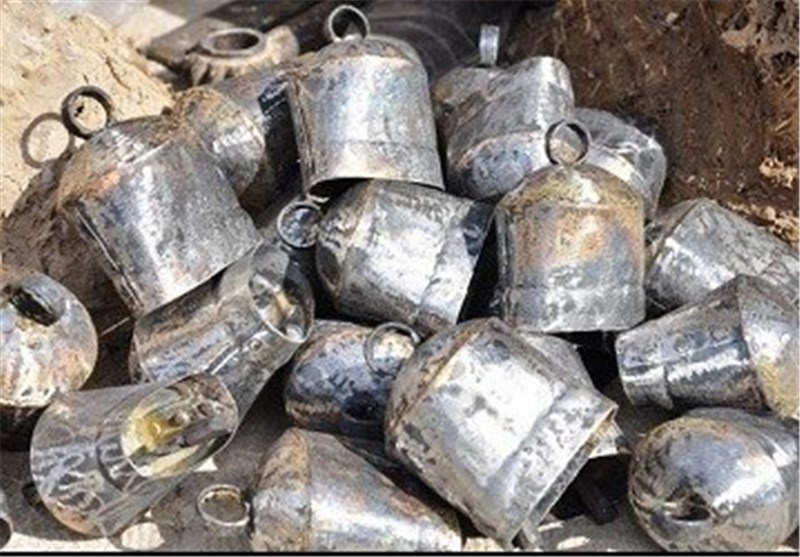




Choose blindless
Red blindless Green blindless Blue blindless Red hard to see Green hard to see Blue hard to see Monochrome Special MonochromeFont size change:
Change word spacing:
Change line height:
Change mouse type:


_crop_2.jpg)
